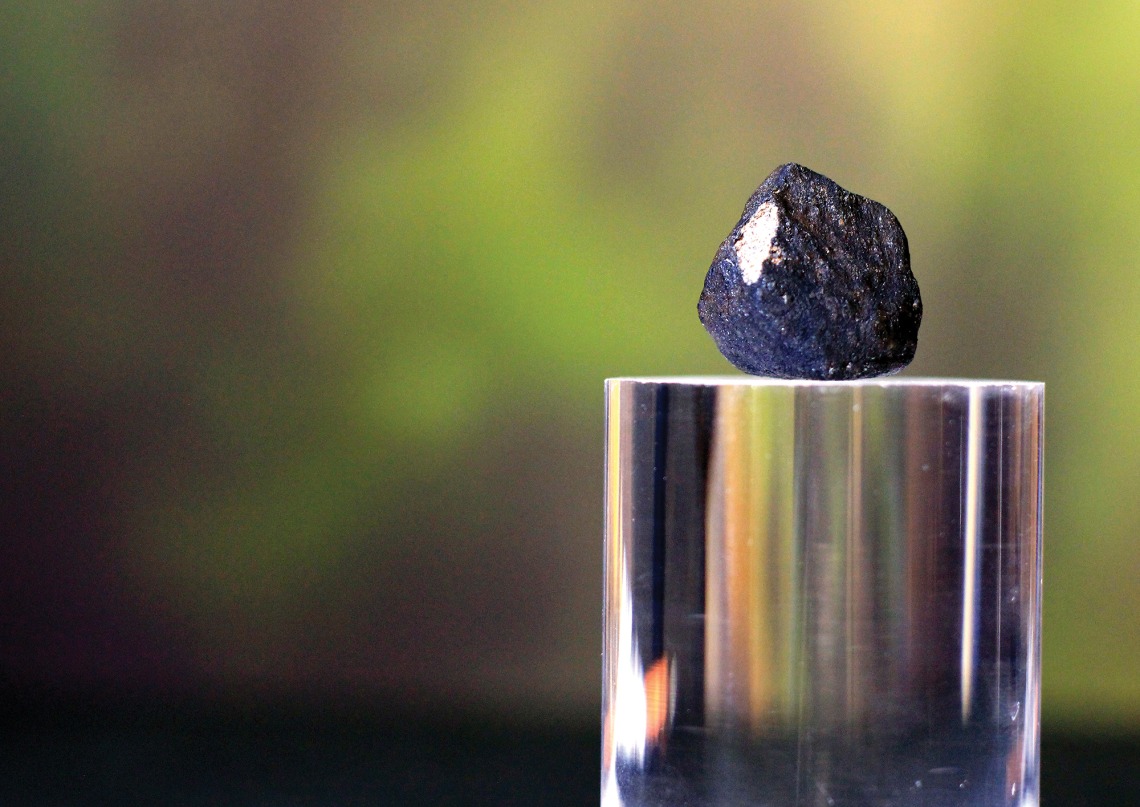Rapid Detection and Recovery: The Science of Hunting Meteorites

At 8:10 p.m. on Jan. 16, Michigan residents reported the bright glow of a meteor streaking through the sky, rattling windows as it broke the sound barrier. The meteor broke apart in the Earth’s atmosphere, and its pieces rained quietly to the ground.
Using predictions by the Rapid Detection and Recovery of Meteorites, or RADARMET, project, scientists and meteorite hunters were able to recover more than half a dozen fragments of the rock within two days.
RADARMET is led by Vishnu Reddy, assistant professor in the University of Arizona’s Lunar and Planetary Laboratory. He procured funding from NASA to operate RADARMET, which uses National Weather Service Doppler radar data and computer models to locate meteorites within hours of their fall.
“The longer a meteorite sits on the Earth, the less scientifically useful it becomes, because the weathering process degrades the minerals and destroys it,” Reddy says.
Although recovering pieces of the Michigan meteorite took slightly more than a day, some samples were found in nearly pristine condition.
Reddy and students in the UA Department of Planetary Sciences plan to be involved in the study of the meteorite.
“While we’re not out there hunting the meteorites, we’re doing the science,” Reddy says.
